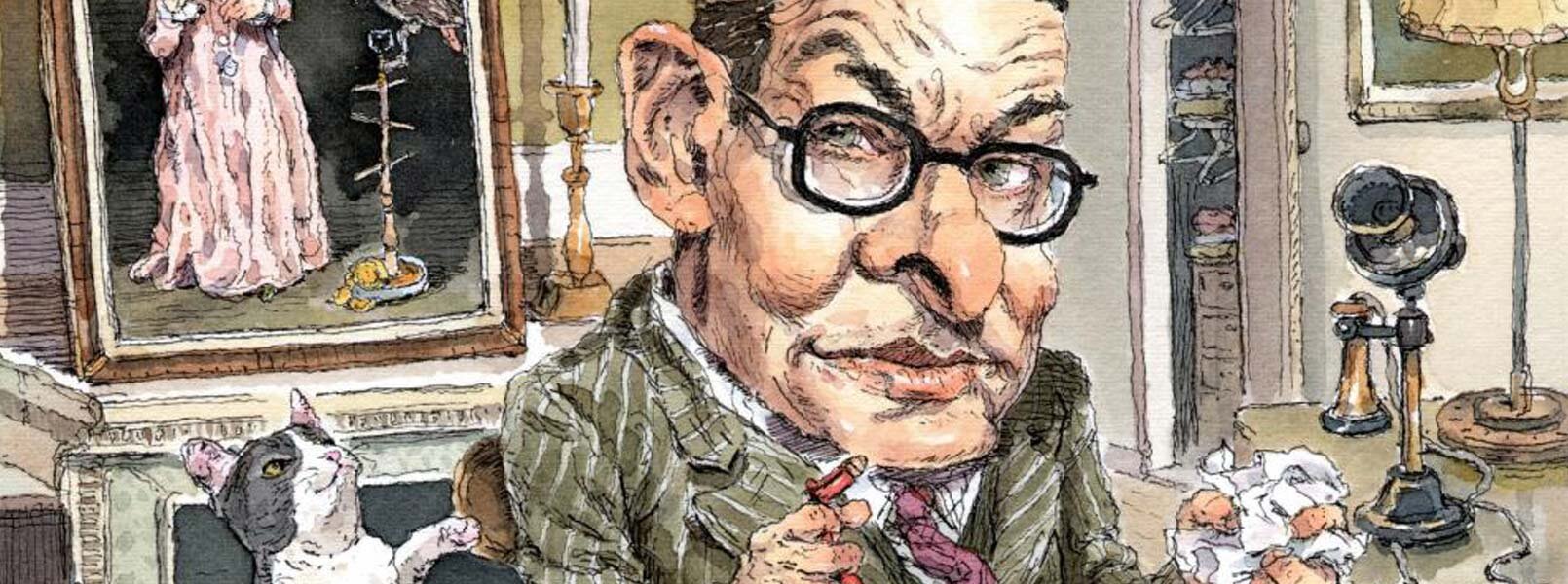The Objective Correlative
Making things count
Sorry if this sounds a bit heavy when we are all in a post Christmas stupor! In fact The Objective Correlative isn’t as complicated as it sounds. It just means an item in a text that takes on an extra significance, beyond the existence of the item itself.
While he didn’t invent the term, the modernist poet T. S. Eliot was an early champion of The Objective Correlative, and it appeared frequently in his work. In his essay “Hamlet and his Problems,” Eliot wrote: “The only way of expressing emotion in the form of art is by finding an ‘objective correlative’; in other words, a set of objects, a situation, a chain of events which shall be the formula of that particular emotion; such that when the external facts, which must terminate in sensory experience, are given, the emotion is immediately evoked.” In Hamlet, Yorick’s skull represents Hamlet’s struggle to come to terms with the many deaths he has experienced throughout the play. It is more than a physical object, it is a set of emotions.
Imbuing objects with extra significance in our stories helps us to ‘show not tell.’ For example, in my first novel ‘The Oceans Between Us’ I have a character called Molly who is suffering from what we would now know as post traumatic stress disorder as a result of being injured in a bomb explosion. Whenever she is stressed she hears noises in her ears which she describes as buzzing bees. The reader comes to understand that any reference to bees suggest she is experiencing mental anguish. The bees are an objective correlative.
Objects with thematic significance act as a kind of shorthand for the reader. Once we have learned the significance of the object we take on board the emotions or actions it represents automatically. The writer doesn’t have to labour the point for us and can convey universal concepts elegantly and subtly.
It’s certainly worth a try.
